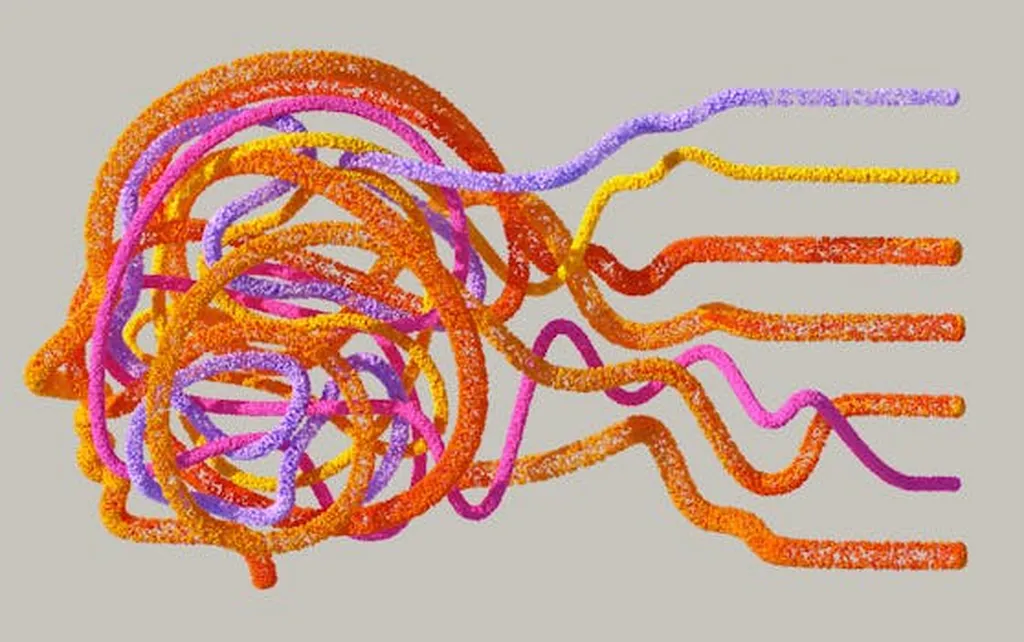In the heart of Jiangsu University, China, a team of researchers led by Yunfei Wang from the School of Agricultural Engineering is revolutionizing the way we think about orchard management. Their recent review, published in the journal ‘Sensors’ (translated from Chinese as ‘传感器’), delves into the dynamic world of orchard canopy perception technologies, offering a glimpse into the future of precision agriculture and variable-rate spraying (VRS).
Precision agriculture is not just a buzzword; it’s a game-changer. It’s about using technology to make farming more efficient, more sustainable, and more profitable. And at the forefront of this agricultural revolution is VRS technology, which promises to enhance pesticide utilization efficiency and promote environmental sustainability. But to unlock its full potential, we need to understand the dynamic structural characteristics of orchard canopies, as they play a pivotal role in spraying effectiveness.
Enter Yunfei Wang and his team. Their review systematically summarizes recent progress in the dynamic perception and modeling of orchard canopies. They focus on key sensing technologies like LiDAR, vision sensors, and multispectral/hyperspectral sensors, as well as point cloud processing techniques. “These technologies,” Wang explains, “allow us to capture the intricate details of orchard canopies, providing a comprehensive understanding of their structure and dynamics.”
But the research doesn’t stop at perception. The team also discusses the construction methodologies of static, quasi-dynamic, and fully dynamic canopy modeling frameworks. These models are crucial for integrating canopy sensing technologies into VRS systems, enabling precise spray path planning, nozzle control strategies, and droplet transport regulation.
The commercial implications of this research are substantial. For the energy sector, which often intersects with agriculture in the form of bioenergy crops, this technology could lead to more efficient use of resources, reduced environmental impact, and ultimately, increased profitability. Imagine orchards where every drop of pesticide is applied precisely where it’s needed, minimizing waste and maximizing yield. This is not just a pipe dream; it’s a reality that’s within our grasp.
However, the journey is not without its challenges. Wang and his team identify key hurdles, particularly the trade-offs between real-time performance, seasonal adaptability, and modeling accuracy. “These challenges,” Wang acknowledges, “require a balanced approach, one that combines multimodal perception, hybrid modeling approaches, and intelligent control strategies.”
Looking ahead, the research outlines future directions centered on these very strategies. The vision is one of a seamless integration of physics-based and data-driven methods, leading to smarter, more adaptive VRS systems. It’s a vision that could reshape the agricultural landscape, making it more sustainable, more efficient, and more resilient.
In the end, this research is a testament to the power of innovation. It’s a reminder that with the right tools and the right mindset, we can overcome even the most complex challenges. And as we stand on the brink of a new agricultural revolution, one thing is clear: the future of farming is not just about growing crops; it’s about growing smarter.

